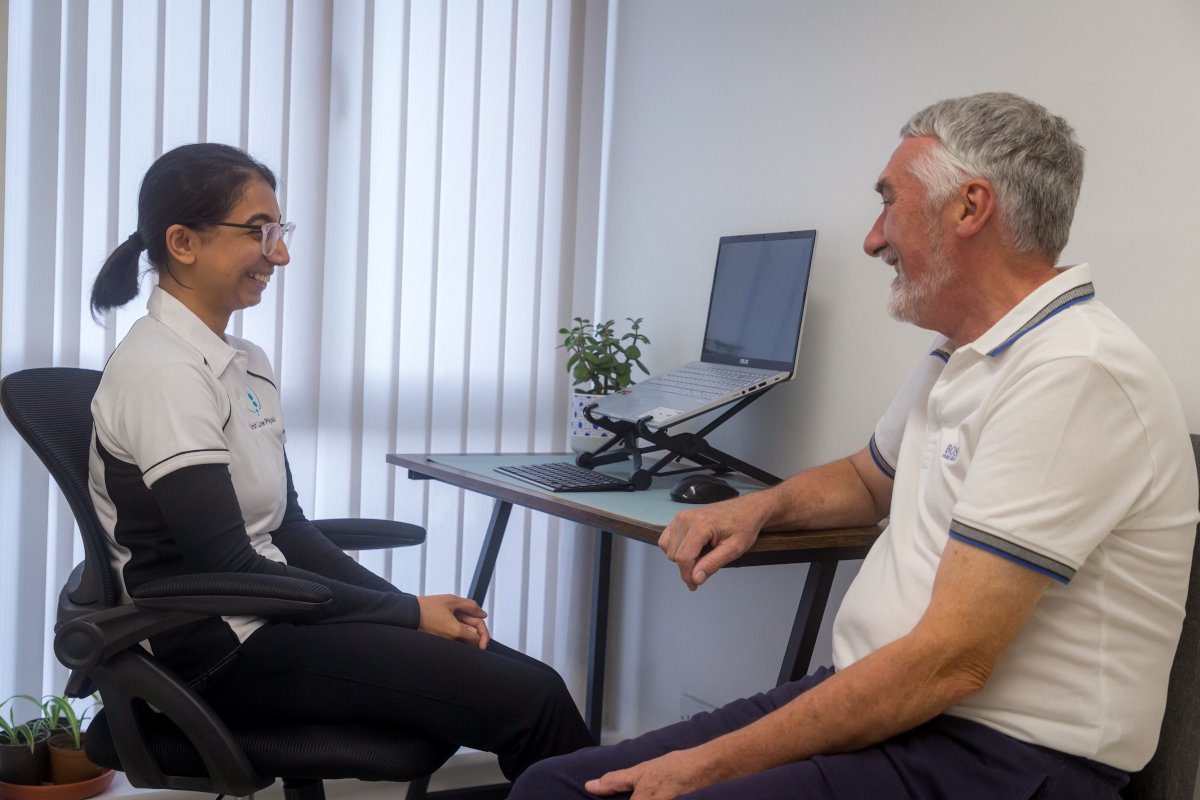Cancer Rehabilitation
Cancer and its treatment can cause a range of symptoms which impact on your physical and mental wellbeing. Our cancer rehabilitation specialist, Ridhi Verma, can help you to address these and improve your quality of life.
Research shows that being physically active can help you not just survive but thrive before, during, and after cancer treatment. Exercise is safe, accessible and helpful, and can be an integral part of your cancer journey. Physical activity can help improve your quality of life, physical and mental health, energy levels, and may also help you cope with side effects of cancer treatment.
How can physiotherapy help people with cancer?
There is a growing body of evidence to show that physiotherapy can help people with cancer by:
Reducing tiredness and fatigue
Improving depression and anxiety
Improving quality of life during and after cancer treatment
Preventing or improving breast cancer-related lymphedema (a type of swelling caused by treatment to lymph nodes)
Improving sleep patterns
Improving general physical functioning
Improving your muscle strength, flexibility, bone health, and range of motion
Helping you get to, and maintain a healthy weight
Reducing treatment side effects
Reducing pain
Reducing swelling
Improving balance and reduce the fear of falling
How much exercise should I do?
International guidelines from the UK government and the World Cancer Research Fund (WCRF) recommend that all adults should try to do at least one of the following every week:
150 minutes per week of any activity that makes you feel warmer, and breathe faster, but during which you can still talk (i.e., moderate intensity exercise).
This could be 30 minutes of exercise, 5 times a week. Examples of this include: brisk walking, cycling, swimming, gardening, or housework.
75 minutes per week of vigorous activity per week. Examples of this include: running, aerobics, or fast cycling.
Everyone is different in terms of how much exercise they are able to do. There are many types of cancer and treatments, and a huge variance in side effects and severity. If you have cancer, it’s always worth speaking to a medial professional first, as all exercise needs to be tailored to you.
How do I know that it is safe?
Worried that it might not be safe to exercise with cancer? There's evidence to the contrary. A growing amount of research shows that regular exercise is not only safe, but it also improves health outcomes. A healthy balance of aerobic exercise, strength training, and balance work is ideal for cancer survivors, but this varies from person to person.
Certain types of cancer or people having particular treatments may need to avoid some types of exercise. There are some situations where you need to take extra care, which is why it is helpful to have guidance from a physiotherapist when planning your programme.
It is imperative to pace yourself and have a graded exercise programme that takes into account your diagnosis, current treatment, and fitness levels. The goal is to stay as active as possible with a tailored exercise plan catering to your specific needs.
Get started on the road to recovery and book your Cancer Rehabilitation Appointment with Ridhi today!



